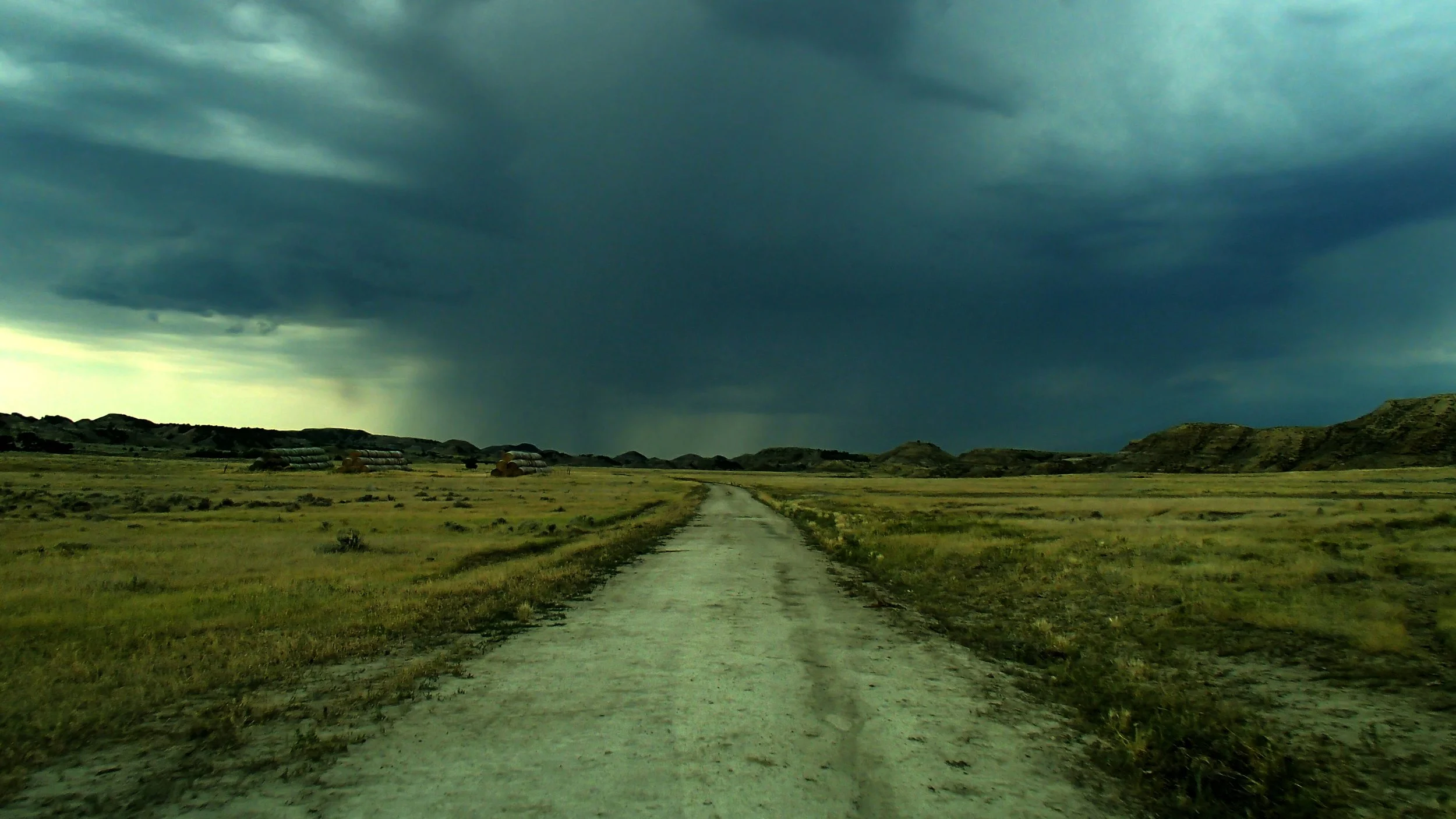
In the year 2031, particle physicist Beth Braxton discovers a viable means of time travel. She invites her best friend, paleontologist Julia Kobayashi, on an impossible voyage to the first age of the dinosaurs, the Triassic Period.
Beth and Julia know they’ll need help if they’re going to survive a research expedition to the wild shores of the supercontinent known as Pangea. They assemble a multidisciplinary team of scientists and a crew of ex-navy sailors to command the Ammonite, their massive World War II submarine-turned-time-machine with more leaky pipes than circuit boards. When they arrive 207 million years in the past, they encounter mischievous flying pterosaurs, caves full of territorial giants, monstrous prehistoric crocodiles, swarms of hungry carnivores, and catastrophic equipment failures. Can Beth, who wrestles with inner demons and anxiety, keep it together long enough to get everyone home safely?
The Wild Shores of Pangea is a humorous, hopeful sci-fi adventure novel full of scientifically accurate(ish) marvels and thrills.
The Triassic is calling. Beth and Julia answered.
What People Are Saying
★★★★★ A well-crafted prehistoric sci-fi adventure!
“This book is so entertaining! A great time-travel adventure that interweaves fun and interesting scientific facts on a wide array of subjects from pterosaurs to submarines to platypus. The writing is compelling and witty, and the way the the author draws on scientific research for realistic world-building reminds me of Michael Crichton. I also appreciate the diverse, well-developed cast of characters and strong female leaders. I can’t wait to read the next in the series!”
— Megan, Amazon Reader
★★★★★ Fun read and can’t wait for the next book!
“Great read! Once they got ready to get on the submarine - I was hooked and it was quite the page turner! I appreciated the suspense without gratuitous gore. I had to trust the author on the time travel science as this is not my typical genre but it was a fun journey. It was obvious this entire book was well-researched from the physics, to the dinosaurs, to the details of the submarine. Fun read and can’t wait for the next book!”
— Mary Jo, Amazon Reader
★★★★★ Traveling to the Triassic!
“As an adult in my 30's, the inner-child in me loved reading a science fiction dinosaur book. (…) a quick fun read for adults who enjoy time-travel stories. I enjoyed the banter between the characters and casual classical movie quotes that were cleverly woven into the character dialogue. Great summer read, and I learned a lot about the Triassic period reading this book too.”
— Amazon Reader
★★★★★
Welcome to the Triassic Period
The Triassic Period was an age of wonder. New species appeared, ecological niches were being filled by plants and animals the likes of which the world had never seen. Gigantic marine reptiles patrolled the oceans, while the pterosaurs ruled the skies.
Deserts were widespread during this time, but there were also jungles rich with life on Pangea, the world’s first (or at least best-known) supercontinent.
Animals
-
Lisowicia was a large herbivorous ancestor of modern mammals. It was a heavily built quadruped with a barrel-shaped body, beaked jaws and a short neck.
-
Caviramus was one of the largest Triassic pterosaurs. It had large crests on its top and bottom jaws and a 4.5-foot wingspan. It likely ate fish, vegetation and hard crustaceans, possibly also scavenging from larger animal carcasses.
-
Coelophysis was one of the first true dinosaurs. It had a long, thin neck and tail, walked on two legs, and had four clawed fingers on each hand. It likely did not possess any feathers, and had forward-facing eyes that provided the stereoscopic vision necessary for an active predator.
Plants
-
Tall trees with snake-like branches and scaly trunks. These trees dominated the Triassic landscape, much like the Redwoods of modern California
-
Much like their modern counterparts, horsetails grew near water. They were tall, and had woody stalks like Bamboo.
-
Ferns were the main groundcover during the Triassic. They occupied the lowest level of the inland forests, and provided much of the food for herbivores.
Marine Reptiles
-
Ichthyosaurus was a dolphin-sized reptile which possessed flippers instead of arms and legs. Averaging 9 feet long, it lived on a diet of fish and prehistoric squid known as belemnites. Because it was completely aquatic, it gave birth to live young rather than laying eggs like many other reptiles. Unlike marine mammals, Ichthyosaurus propelled itself by moving its tail side-to-side, similar to sharks.
-
Shonisaurus was one of the largest ichthyosaurs ever found, measuring up to 69 feet long and weighing as much as fourteen elephants. it had a long snout and long, narrow flippers which it used to move through the prehistoric oceans. Shonisaurus likely fed on large mollusks like squid and octopus, and possibly even other large-bodied prey.
-
Known from only a single fossil specimen, Alexeyisaurus was unusually large for a Triassic plesiosaur. With long necks and large flippers, plesiosaurs like Alexeyisaurus probably moved through the water less like fish (as ichthyosaurs did), and more like modern sea turtles, using their front fins to propel themselves, and their rear fins to turn and provide stability.




